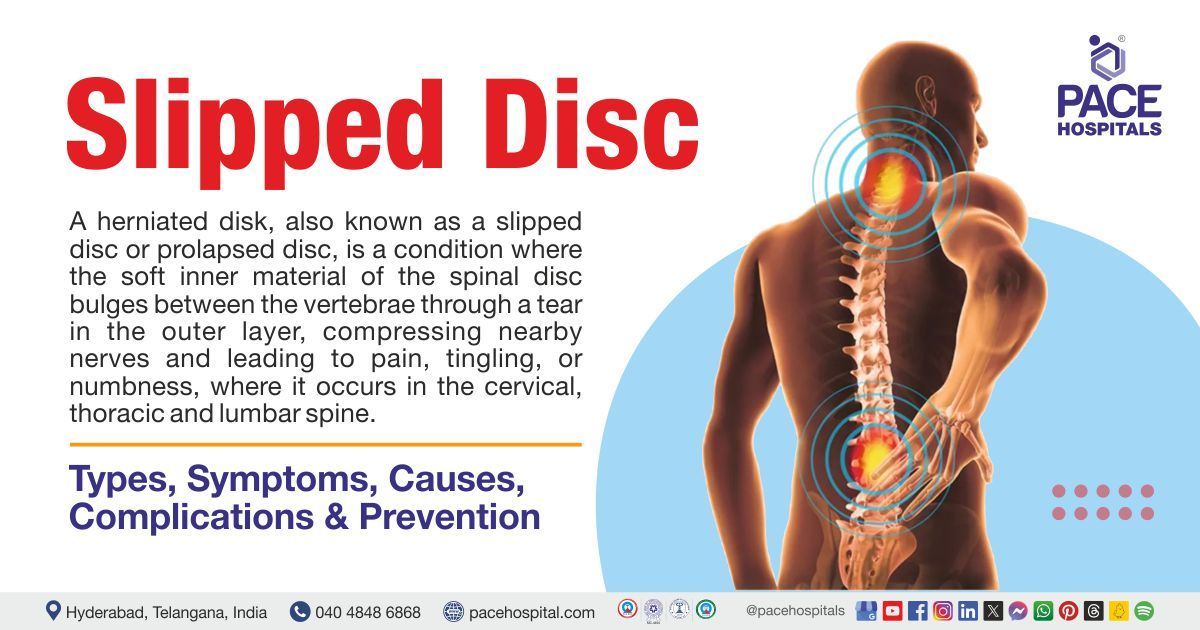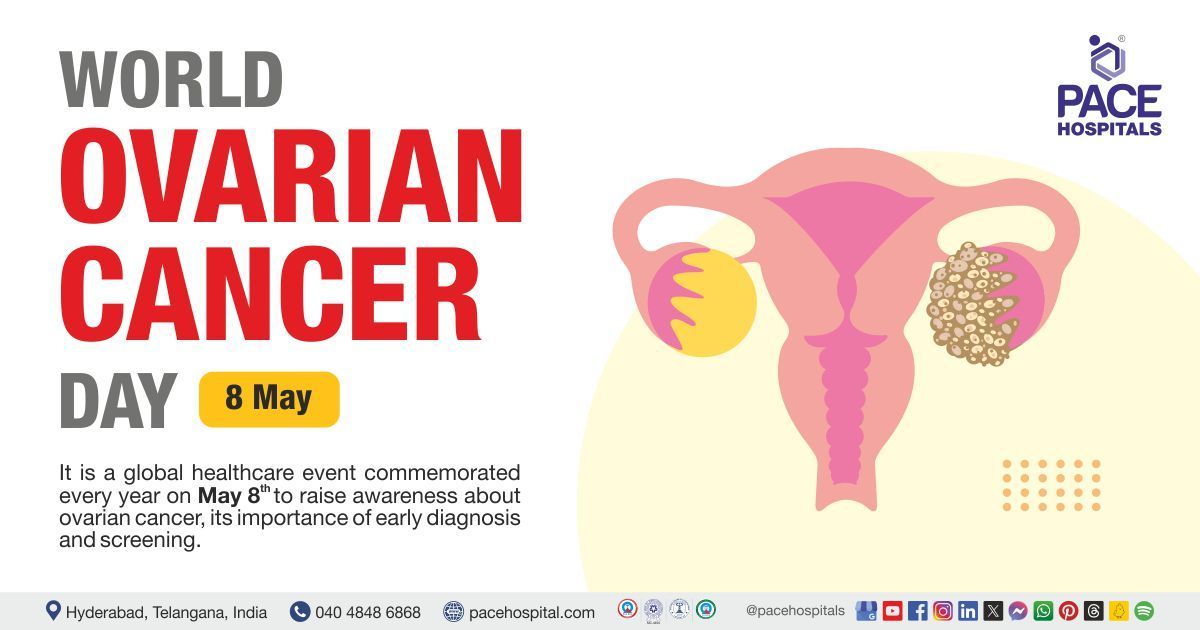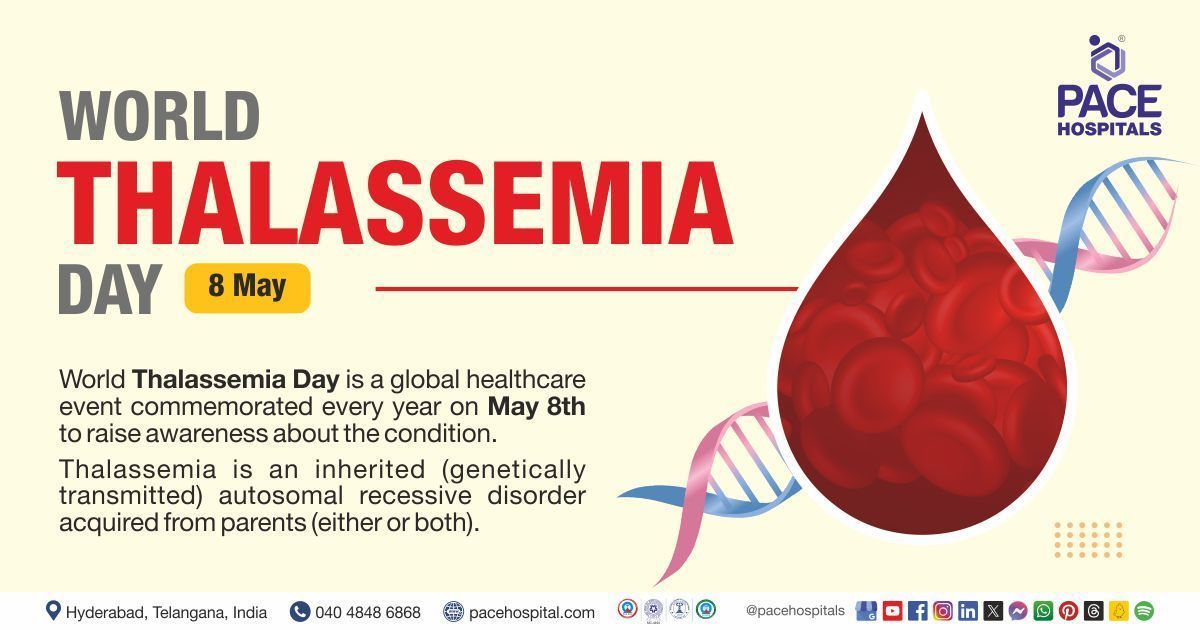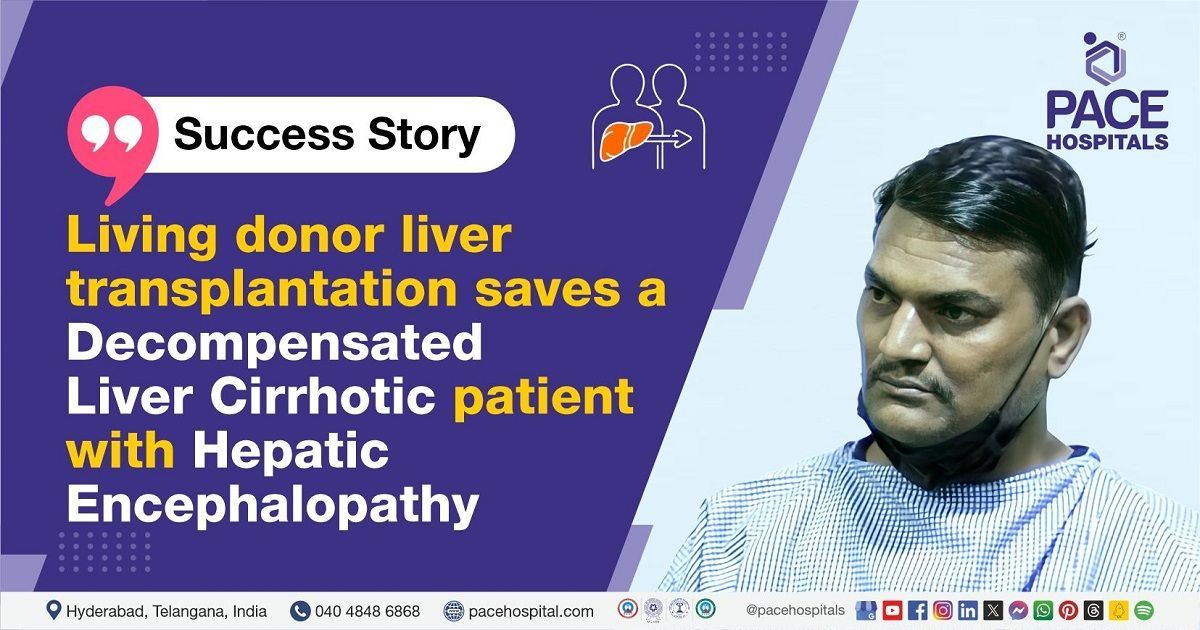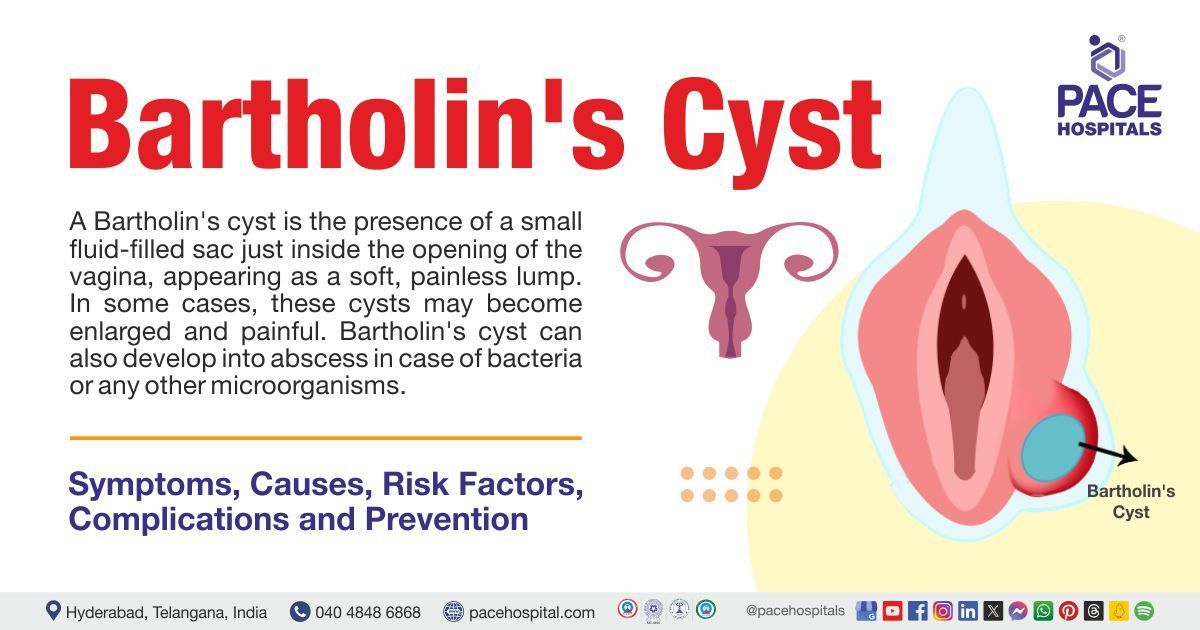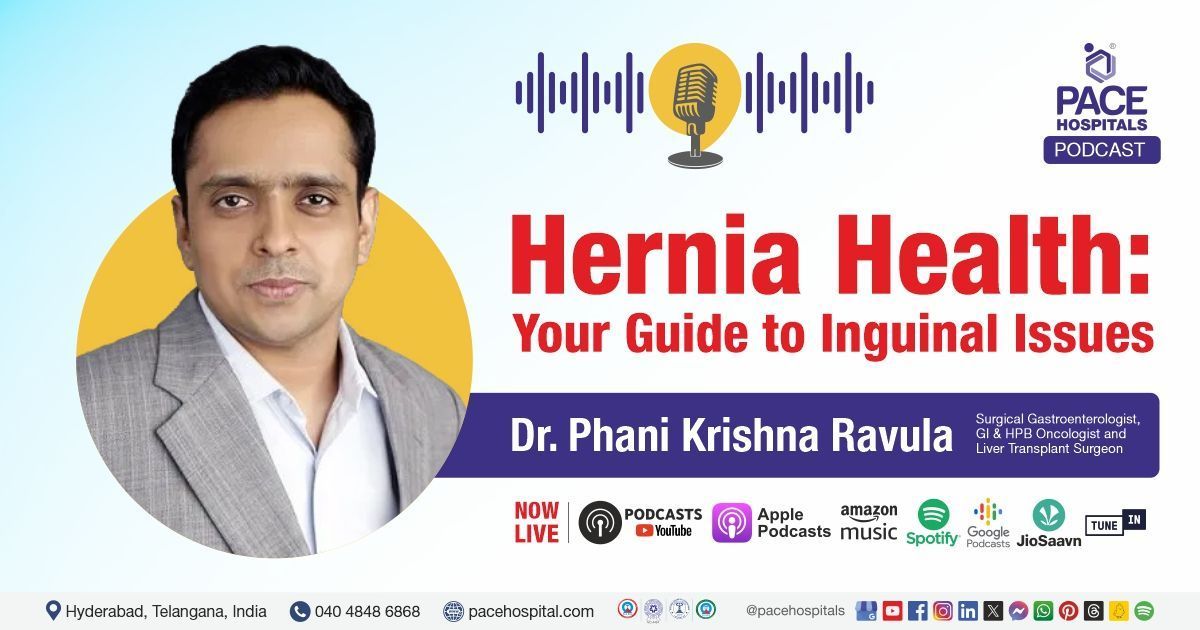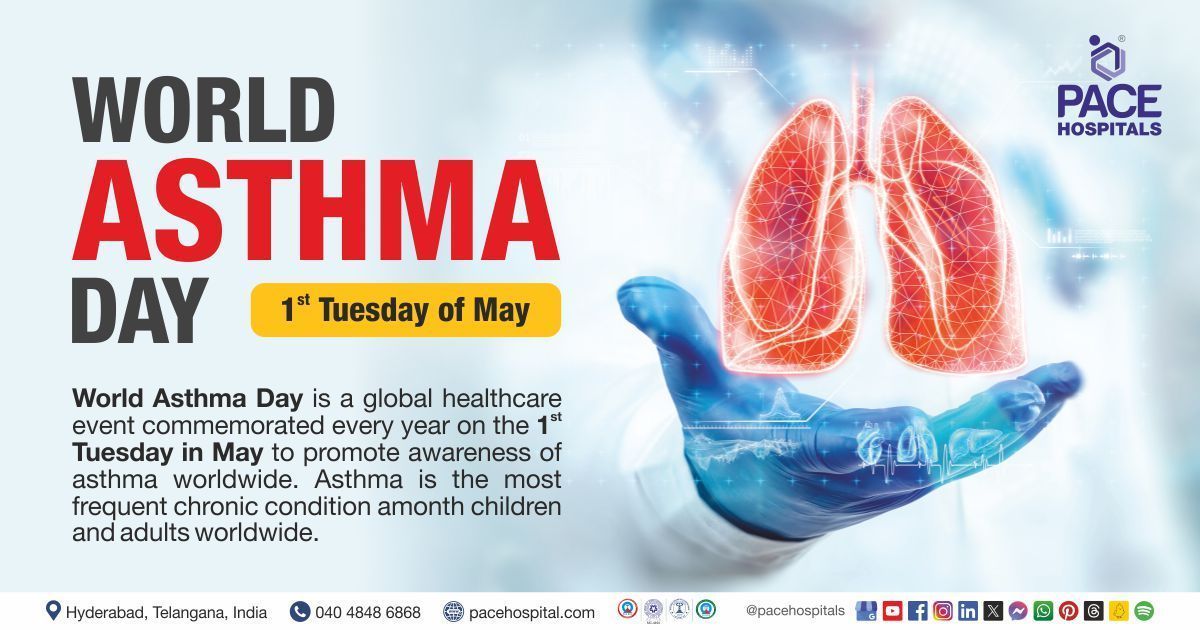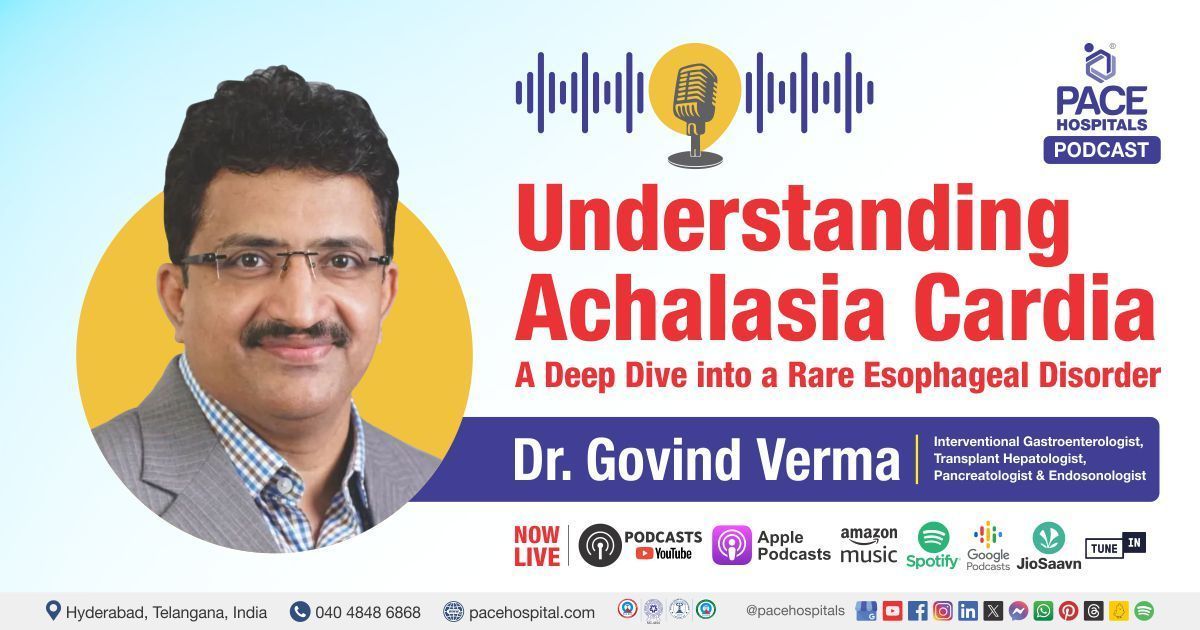Gallbladder cancer: need urgent attention
Globally about 1,78,101 gallbladder cases are estimated to occur in the year 2015.
What causes gallbladder cancer?
Gallbladder cancer is an aggressive GI cancer with early liver and bile duct involvement causing jaundice and rapid spread to other organs. A very common cancer in the cow belt UP, Bihar and Bengal (endemic area with one of the world’s highest incidence) it is now reported with increasing frequency in other parts of country.
What are the risk factors for gallbladder cancer?
A risk factor is anything that affects your chance of getting a disease .But having a risk factor, or even several risk factors, does not mean that a person will get the disease. And many people who get the disease may have few or no known risk factors.
There are several risk factors that make a person more likely to develop gallbladder cancer. Many of these are related in some way to chronic inflammation (irritation and swelling) in the gallbladder.
- Gallstones:
Gallstones are the most common association for gallbladder cancer. At least 3 out of 4 people with gallbladder cancer have gallstones when they are diagnosed. But wether they cause gallbladder cancer is debatable.gallstones are very common, and gallbladder cancer is quite rare, Most people with gallstones never develop gallbladder cancer. PREVENTION OF CANCER IS NEVER AN INDICATION FOR GALLBLADDER SURGERY EVEN WITH STONES
- Porcelain gallbladder:
Porcelain gallbladder is a condition in which the wall of the gallbladder becomes covered with calcium deposits. It sometimes occurs after long-term inflammation of the gallbladder (cholecystitis), which can be caused by gallstones. People with this condition have a higher risk of developing Gallbladder cancer
- Female gender:
Gallbladder cancer occurs more than twice as often in women. Gallstones and gallbladder inflammation are important risk factors for gallbladder cancer and are also much more common in women than men.
- Obesity:
Patients with gallbladder cancer are more often overweight or obese than people without this disease.
- Older age:
Gallbladder cancer is seen mainly in older people, but younger people can develop it as well.
- Choledochal cysts:
Choledochal cysts are bile-filled sacs that are connected to the common bile duct, the tube that carries bile from the liver and gallbladder to the small intestine.The cysts can grow large over time and may contain as big as 10 cm ( normal bile duct is 6-7 mm) The cells lining the sac often have areas of pre-cancerous changes, which increase a person’s risk for gallbladder cancer.
- Abnormalilities in bike duct:
such a abnormal pancreatobiliary union increase reflux of pancreatic juice into bileducts causing gallbladder cancer. This can be detected only on imaging
- Gallbladder polyps:
A gallbladder polyp is a growth that bulges from the surface of the inner gallbladder wall. Some polyps are formed by cholesterol deposits in the gallbladder wall. Others may be small tumors (either cancerous or benign) or may be caused by inflammation. Polyps larger than 1 centimeter (almost a half inch) are more likely to be cancer, so doctors often recommend removing the gallbladder in patients with gallbladder polyps that size or larger.
- Primary sclerosing cholangitis:
In primary sclerosing cholangitis (PSC), there is inflammation and scarring of the bile ducts. People with this disease have an increased risk of cancer of the gallbladder and bile ducts. Many people with PSC also have ulcerative colitis, a type of inflammatory bowel disease.
- Industrial and environmental chemicals:
Some studies in lab animals have suggested that chemical compounds called nitrosamines may increase the risk of gallbladder cancer. Other studies have found that gallbladder cancer might occur more in workers in the rubber and textile industries than in the general public. More research is needed in this area to confirm or refute these possible links.
- Typhoid:
People chronically infected with salmonella (the bacterium that causes typhoid) and those who are carriers of the disease are more likely to get gallbladder cancer than those not infected. This is probably because the infection can cause gallbladder inflammation.
- Family history:
Most gallbladder cancers are not found in people with a family history of the disease. A history of gallbladder cancer in the family seems to increase a person’s chances of developing this cancer, but the risk is still low because this is a rare disease.
Request an appointment
Fill in the appointment form or call us instantly to book a confirmed appointment with our super specialist at 04048486868
Appointment request - health articles
Thank you for contacting us. We will get back to you as soon as possible. Kindly save these contact details in your contacts to receive calls and messages:-
Appointment Desk: 04048486868
Whatsapp: 8977889778
Regards,
Pace Hospitals
Hitech City and Madinaguda
Hyderabad, Telangana, India.
Oops, there was an error sending your message. Please try again later. We will get back to you as soon as possible. Kindly save these contact details in your contacts to receive calls and messages:-
Appointment Desk: 04048486868
Whatsapp: 8977889778
Regards,
Pace Hospitals
Hitech City and Madinaguda
Hyderabad, Telangana, India.
Our Locations
Subscribe to our newsletter and stay updated with the latest health information.
By clicking on subscribe now, you accept to receive communications from PACE Hospitals on email, SMS and Whatsapp.
Subscribe to PACE Hospitals News
Thank you for subscribing. Stay updated with the latest health information.
Oops, there was an error. Please try again submitting your details.
-

Payment in advance for treatment (Pay in Indian Rupees)
For Bank Transfer:-
Bank Name: HDFC
Company Name: Pace Hospitals
A/c No.50200028705218
IFSC Code: HDFC0000545
Bank Name: STATE BANK OF INDIA
Company Name: Pace Hospitals
A/c No.62206858997
IFSC Code: SBIN0020299
Scan QR Code by Any Payment App (GPay, Paytm, Phonepe, BHIM, Bank Apps, Amazon, Airtel, Truecaller, Idea, Whatsapp etc)
Call us at 04048486868
ADDRESS
PACE Hospitals
Hitech City : Beside Avasa Hotel, Pillar No. 18, Hyderabad - 500081
Madinaguda: Mythri Nagar, Beside South India Shopping, Madinaguda, Hyderabad - 500050
QUICK LINKS
Disclaimer
General information on healthcare issues is made available by PACE Hospitals through this website (www.pacehospital.com), as well as its other websites and branded social media pages. The text, videos, illustrations, photographs, quoted information, and other materials found on these websites (here by collectively referred to as "Content") are offered for informational purposes only and is neither exhaustive nor complete. Prior to forming a decision in regard to your health, consult your doctor or any another healthcare professional. PACE Hospitals does not have an obligation to update or modify the "Content" or to explain or resolve any inconsistencies therein.
The "Content" from the website of PACE Hospitals or from its branded social media pages might include any adult explicit "Content" which is deemed exclusively medical or health-related and not otherwise. Publishing material or making references to specific sources, such as to any particular therapies, goods, drugs, practises, doctors, nurses, other healthcare professionals, diagnoses or procedures is done purely for informational purposes and does not reflect any endorsement by PACE Hospitals as such.



